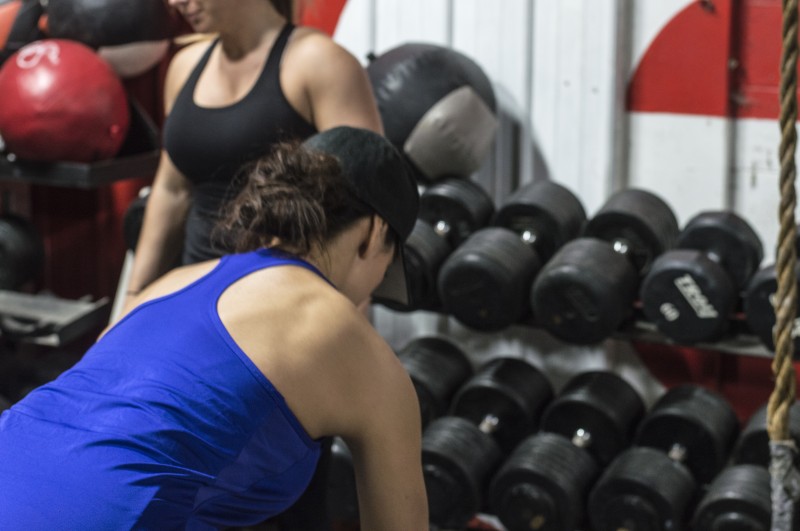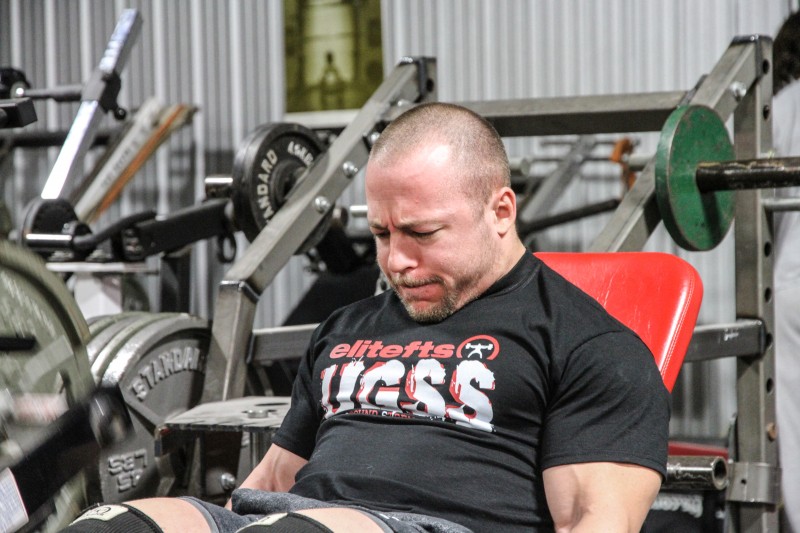
The Iron Game has traditions within it that endure for all of time, and that are experienced by every enthusiast who ever picks up a barbell. One of those things is performing five sets of a given exercise.
How many different ways can you do five sets? At some point in your training life, you will do “5x5” or something similar. Many a beginner has built their base with five sets of five. Or it could be something like five sets of 20, or five sets of 10, or pyramid scheme of some kind.
RECENT: 10 Exercises to Strengthen Your Spinal Erectors
Doing five sets of any given movement has almost endless adaptability. You can use it for strength building, you can use it for hypertrophy, you can use it for power, and you can change it to suit whatever particular goal you have.
Ironically, despite “five sets” being a popular program setup with serious lifters, most recreational gym-goers never use it. For years, my training clients have always been surprised and intrigued whenever I would have them do five working sets.
Over time, there are certain set and rep schemes I’ve become favorable to. Some of these may be very familiar, but others will likely be a novel modification of an old standby. To note, most all of these are geared towards hypertrophy. For strength training, I’d defer to 5/3/1 or 5thSet training if you are looking to periodize your training for maximal lifting.
5 x 10 with 12RM
This is a very simple linear scheme for increasing training volume on a primary lift (with a hypertrophy focus). You begin in Week 1 with determining your 12-rep max for the lift, and that set is your single working set. In Week 2, you perform two sets of 10 with your 12RM, and then continue adding a set a week until Week 5. In Week 6 you deload completely from the lift. In Week 7, you test your 12RM again, and start the process over.
- Week 1: 1 x 12RM
- Week 2: 2 x 12RM
- Week 3: 3 x 12RM
- Week 4: 4 x 12RM
- Week 5: 5 x 12RM
- Week 6: Deload
- Week 7: Retest, and back to 1 x 12RM
This method is obviously meant for long-term progression. After two training cycles, I'd suggest switching to a variant of the lift, and then returning to it at a later time. The strength gains will gradually accrue on a long enough timeline.
The Century Set Method
This is as straightforward as it gets: five sets of 20 reps. This works well for accessory movements like pressdowns, curls, lateral raises, leg curls, and any other isolation movements where you can use a light weight. It can also be used for squats, leg presses, and anything else where you are able to readily rack the bar and where an injury isn’t a concern. The one thing I would NOT suggest it for is deadlifts and any kind of chest pressing. You only need to fuck up your low back once, or tear a pec, and you’ll be dealing with it for the rest of your training days.
550 Method
This is an adaptation of Paul Carter's 350 method. In the 350 method, you aim to get 50 total reps across three working sets. This method is just a heavier variation of that. Simply start with a weight that you can readily get five sets of five with (about a 6RM), and over time, work up to performing 50 reps across the five sets. I like this method simply as it works for building strength in the 6-10RM range, and you get the satisfaction of “single digit” sets for most of it while still getting a lot of volume in.
Gironda Five Sets
15-12-6-8-10
Gironda advocated leaving a rep or two in the tank on each set for this. Gironda was not a fan of warm-ups, and often suggested simply doing a high rep to start off working sets. Hence, all the reps given are working sets. In this method, you simply start with a challenging weight for 15 reps, add weight perform 12 reps, make a big weight jump, get six reps, and then lighten the load again for the eight and 10 rep sets.
Gironda often favored doing a lot of working sets with only one exercise, such the 8x8, and 10x10 method. His version of five sets is a unique twist on the old standby.
Five Single-Set Mega/Giant Set
A mega set or giant set typically refers to anything past three movements done together. So basically circuit training, but mega/giant set sounds way cooler and more hardcore. That said, what the hell is a five sets single set mega set?
It’s the name I came up with to do five movements in a row for ONE working set each, and only five working sets total.
This is a great way to train arms with high frequency.
I devised this on the fly a few years while training in a commercial gym. I wanted to do machine bicep curls, but the machine was taken. So I did a set of hammer curls, and right as I was finishing my set the person using the machine got up. So I rushed over to the machine, did a set, and then I realized I left my water bottle by the dumbbells. In a 30 second span of walking away and returning, someone else came and sat down. Now I was pissed off, but I said to hell with it and did cable curls.
You can hopefully see where this is going.
I realized that I'd gotten a better pump doing a tri-set of exercises than just doing the one. This eventually turned into four movements, and finally five movements. If you aim for 15-20 reps on every rep, you’ll get an awesome pump at the end of it, and the total time will be around 15 minutes if you are able to move from movement to movement.
An example for triceps would be as follows:
- Seated DB French Press
- One-Arm DB Overhead Extension
- DB Kickbacks
- Triceps Pushup
- Triceps Bench Dip
I love to do this method with biceps or triceps, but you could do it with any body part. The only downside is that you are taking up a lot of equipment.
5-4-3-2-1
This is absurdly simple and is a method I’ve used for the powerlifts many times over. It works excellent for progressive strength gains if you stick with it long enough. You perform a five-rep max. Then four reps with your 5RM. Then three reps, two reps, and finally one rep.
Every two to three weeks, increase by five pounds, a la the Delorne method. Simple, but effective.
In closing, five sets will always be used by Iron Game adherents everywhere, and hopefully, these methods give you some applied ideas to test out in your own training. The longer I work with clients, the more I’m always looking for new ways to find variance while still practicing the basic principles of progression. Progressive overload and periodization can be done many different ways, and utilizing some novelty with programming is part of the ongoing experimentation process that is training.












